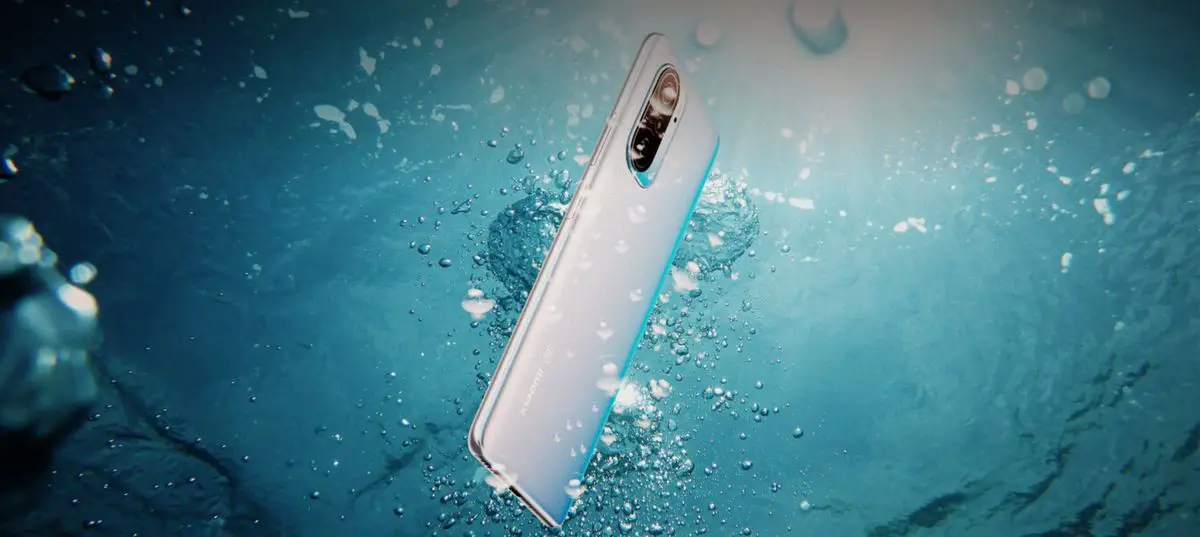It doesn’t matter: Into the toilet bowl, the bathtub, or the bottom of the pool. Dropping your smartphone in the water is one of the three most common accidents, so don’t feel bad. However, you should act quickly and take action. By the way, have you created a backup for daily backups, do you have all your contacts and files synchronized in the cloud, essential to find your lost phone?
What to do if you drop your smartphone in water?
If your phone has taken a good dive, you may still be able to recover it and even use it as usual. But forget the bowl of rice, there are much more effective methods. We’ll tell you about them.
Where did your smartphone fall?
We know that time is short, but first, we must analyze the situation. Where did it fall? The pH of chlorinated pool water or the salinity of seawater is much more corrosive than the fresh water in our homes. If the accident has occurred in one of these first situations it is advisable to wash it first. Yes, fight water with water. But tap water will help you sanitize and remove impurities from seawater.
Those models that have waterproof certification only refer to freshwater, let’s keep that in mind. In addition, this type of accident is not covered by the official warranty protection models.
Take it out immediately and dry it off
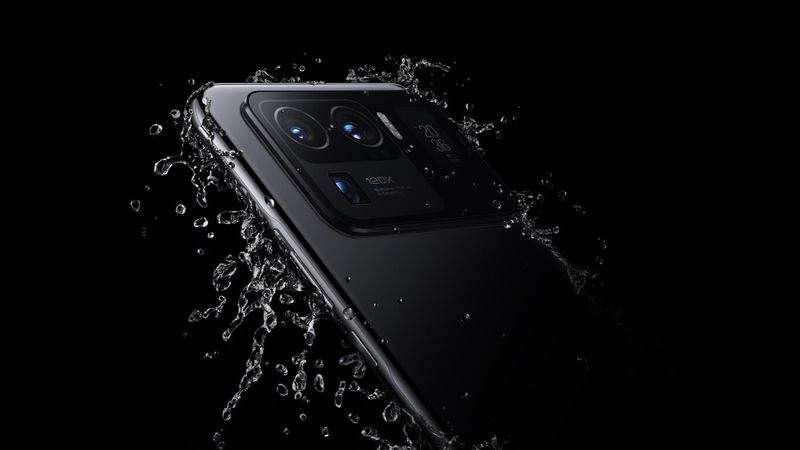
We assume that you have just taken this step, that it is out of the water and your phone is on a table. The seriousness of the situation will be determined by whether or not water has entered the phone.
If it is still on, turn off the phone and dismantle it as far as possible – this will be the only key you will have to touch. Water and electricity do not get along particularly well. Turning it off will prevent possible shorts in the internal circuitry of the device.
Remove all components
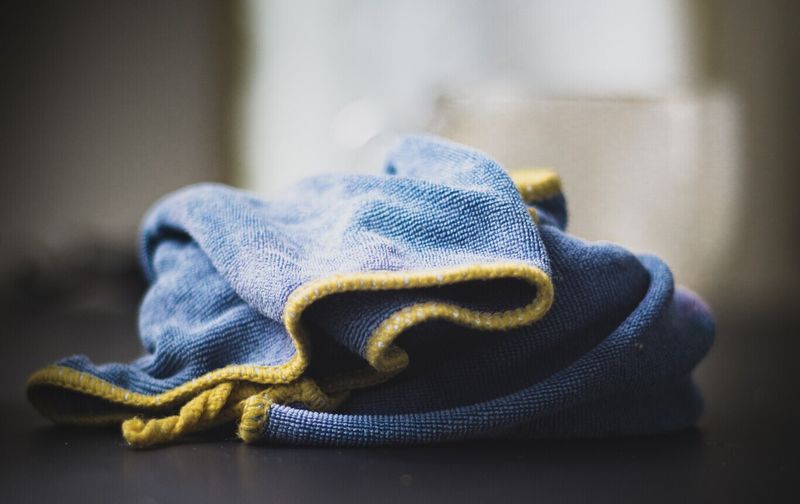
If you can’t remove the battery, at least take out the SIM/SD card tray. This way you will be able to perform a more efficient component-by-component drying. These are the most vulnerable areas after the speaker and the microphones: to prevent water from damaging more components, these will be the points of attack.
Thoroughly clean every corner of the phone, without shaking it too much, without blowing on the areas where it does not reach – such as the speakers. For more thorough cleaning we will use alcohol, fast evaporating, and high purity. It can even be used to clean an electronic wafer.
You can also use a cotton swab lightly moistened with isopropyl alcohol to clean while picking up any salt or sand build-up.
Absorbs moisture

The rice myth, reported by LifeHacker, is not exactly a great lifesaver. There are much better solutions such as silica gel beads, oat flakes, or, above all, sponges and cotton towels. Silica gel performs a slow absorption, while a sponge or towel will absorb with immediacy, just what you need.
Forget the microwave or oven, the hairdryer, or overexposure to the sun: for water to turn into steam it takes 100º, enough temperature to damage several of the components of the phone, even to melt the plastic parts and turn your phone into a brick.
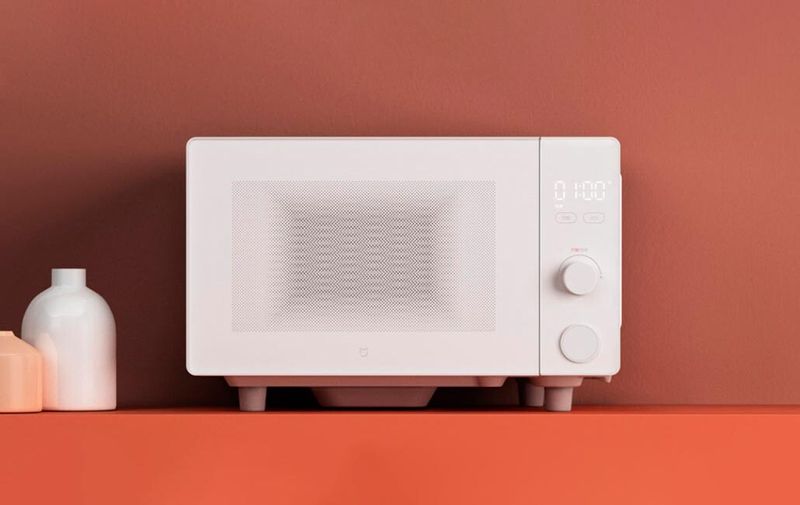
You can, of course, place it near a heat source to speed up the process, but do not overexpose it. If you are going to use an air source, as indicated in a study by DTJ Consulting, it is better to use air at room temperature. Although it is a risk not to take: you can drag the water droplets even more and achieve the opposite effect.
In short: rather than pushing the water, we recommend using a handheld vacuum cleaner to attract the debris and collecting it with paper towels.
And be patient…
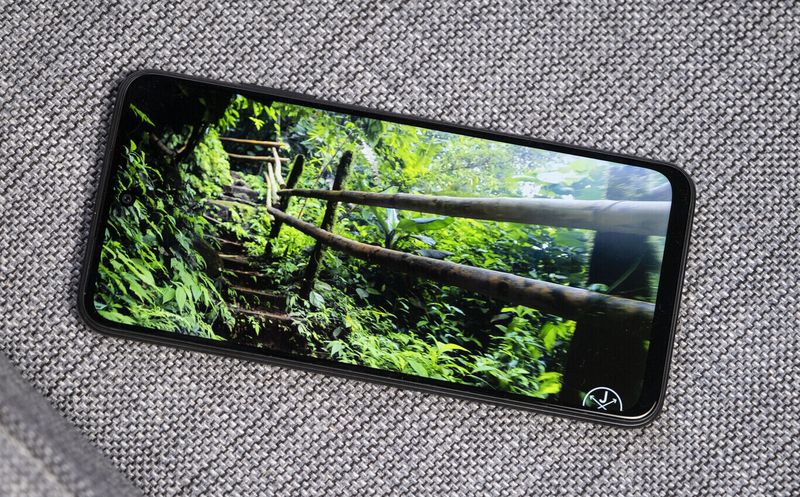
When you have thoroughly dried each component, wait a few hours and do not connect your phone to electricity until it is completely dry.
We understand that the anxiety to check if everything is in order is pressing but waiting a few extra hours is key to avoid damaging the electronics of the system.
Once you turn it on, if you’re lucky and haven’t already done a backup, do it right away. And next time don’t forget a waterproof case: you’ll be able to use it and keep it protected at the same time.

